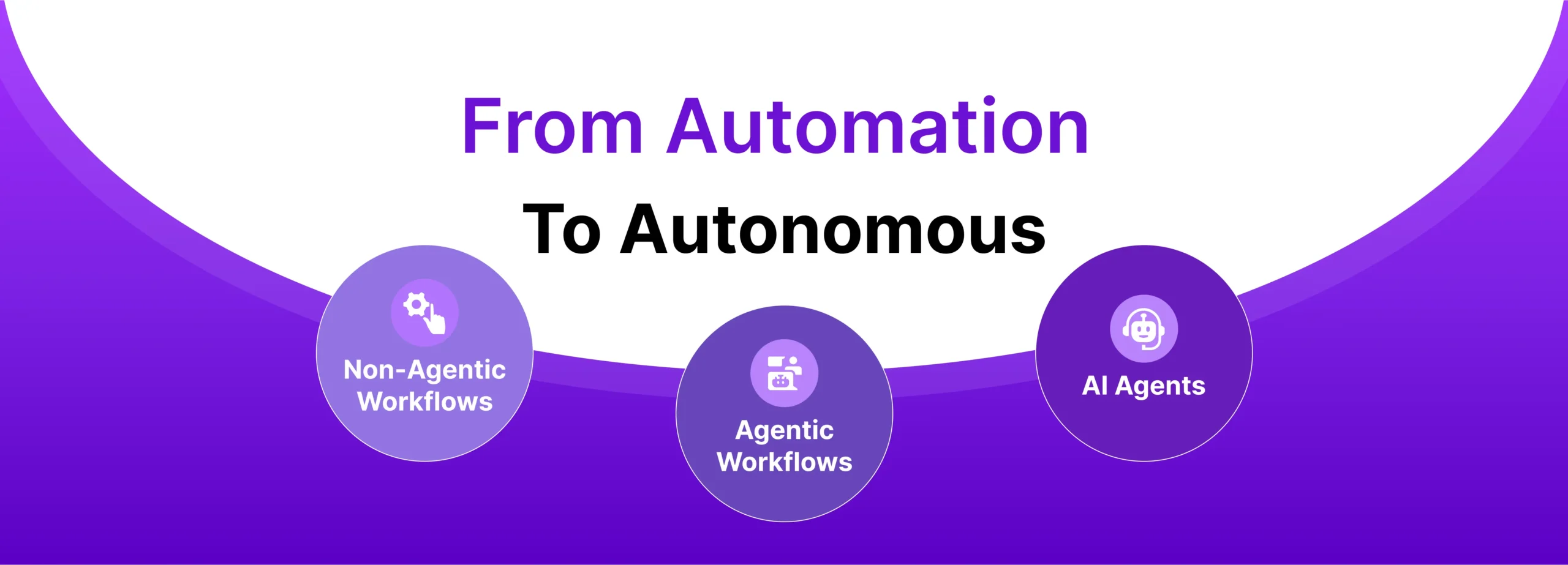Customer Support and Success leaders within the tech and start-up space have found the Covid-19 pandemic to be a game changer when it comes to team building, workflows and use of technology. With the increasing spread of remote work teams and new technologies, TheLoops and Support Driven held a community roundtable with senior customer support professionals to discuss the use of technology within a Support team and how these leaders have fought for buy-in from senior management and the lessons they learned along the way.
Special thank you to our featured panelists for this roundtable:
Denise Twum / Support Process Manager at SmugMug
Kaitlyn Aliano-Weisberg / Senior Customer Success Manager at HubSpot
Somya Kapoor / CEO at TheLoops
Lance Conzett / Customer Experience Lead at Found
Holly Vaughn / Director Client Education and Solutions at Ada
Craig Stoss / Senior Program Manager at PartnerHero
The biggest blocker Customer Support team leaders encounter when trying to get new tools or software for their team is the additional financial cost for the company. Some organizations view their support team as a “loss” financially; the support team does not bring in quantifiable, monthly revenue that the organization can view and use when compared to other departments, such as Sales or Marketing. Most support professionals know this is incorrect, since good customer service has been shown to lead to higher retention and repeat business. However, this incorrect view also leads to the hesitation of increasing a support team’s budget when it comes to new software and technology.
A constructive way to achieve buy-in for new software for your support team is by displaying the benefit of the software in a way that displays the value it would bring to the customer. Would the new technology you are implementing reduce churn because it requires less effort from a customer? As Craig Stoss from PartnerHero said during the roundtable, “If you reduce customer effort, and that saves one customer from churning, what is the value of that to the company? It’s not just the potential lost revenue, but also the sales cost to recoup that revenue and all lifetime value of that churn”.
The ability to tie in the investment to a direct profit is also incredibly helpful, and to be able to do so, you may want to look into an impact analysis and how it would affect other teams as well. Lance Conzett from Found aptly described his method for achieving by-in as presenting direct comparison to cost: “If you’re able to tie your investment to actual dollars and cents, you’ll go a long way. Impact analyses are so, so, so critical to getting any pitch for investment off the ground, whether it’s a monetary investment or an investment of an engineer’s time. If you can say, “implementing this technology will save X hours each day/week/month, resulting in cost savings of $Y,” you’re already 80% of the way there.”
When referring to how new software would help all teams within the company, or groups that work with your Support team in a cross-functional capacity, Holly Vaughn from Ada mentioned TheLoops specifically: “A big way in which we’re leveraging TheLoops is tying together more Client Success-focused data with Product/Engineering/Support data that lives in Zendesk & Jira so that all teams have a fuller picture when it comes to prioritizing what to work on.”
The biggest consensus reached between roundtable participants was that many organizations should start shifting their perspective to how a new software or product would benefit the user/customer, and not the cost of the software/product. Kaitlyn Aliano-Weisberg mentioned how at Hubspot the primary question is typically how does a new product or software solve a problem for a customer? As she said: “The journey, for me, always involves determining THE SOLUTION before the system. You should find a product to fit your process and not the other way around.”
There may be times in your professional journey that you are unable to receive approval for the software you want for your team, in these cases the members of our roundtable recommended taking the rejection in stride and applying what you learned to future requests. The ability to present the request in a concise format that displays both the value to the customer and your team, while explaining any additional temporary costs may be hard but as Kaityn from Hubspot suggested: “Prior to making technology investments, I have always worked closely with internal stakeholders to set S.M.A.R.T. goals (Specific, Measurable, Achievable, Realistic and anchored within a Time Frame) to define success. That entails KPIs or OKRs to capture the “before and after”. In this scenario, even if your request were declined, having a S.M.A.R.T goal to refer to is always useful for posterity and for future software and buy-in requests. For example, if you want to transition your team to a new email based support software, you can create a S.M.A.R.T goal to present to upper-management where you refer to your team’s specific need for this software.”
In summary, the ability to gain approval and buy-in for softwares or new technology for your team is usually a fine balancing act. The members of our roundtable all agreed that the best way to present a request for new software or technology would be to create a proposal in which the benefits for all stakeholders are presented. Ask yourself, “How does this benefit my team?”, “How would this benefit the end user?”, “Would this allow for better communication between my team and other teams within the organization?” and lastly “Does this save anyone time and allow them to be more productive in other capabilities within our team?”.
This blog is the second of a two-part series covering the Support Driven roundtable. View part one here: Empowering the Customer Support Team with Technology



